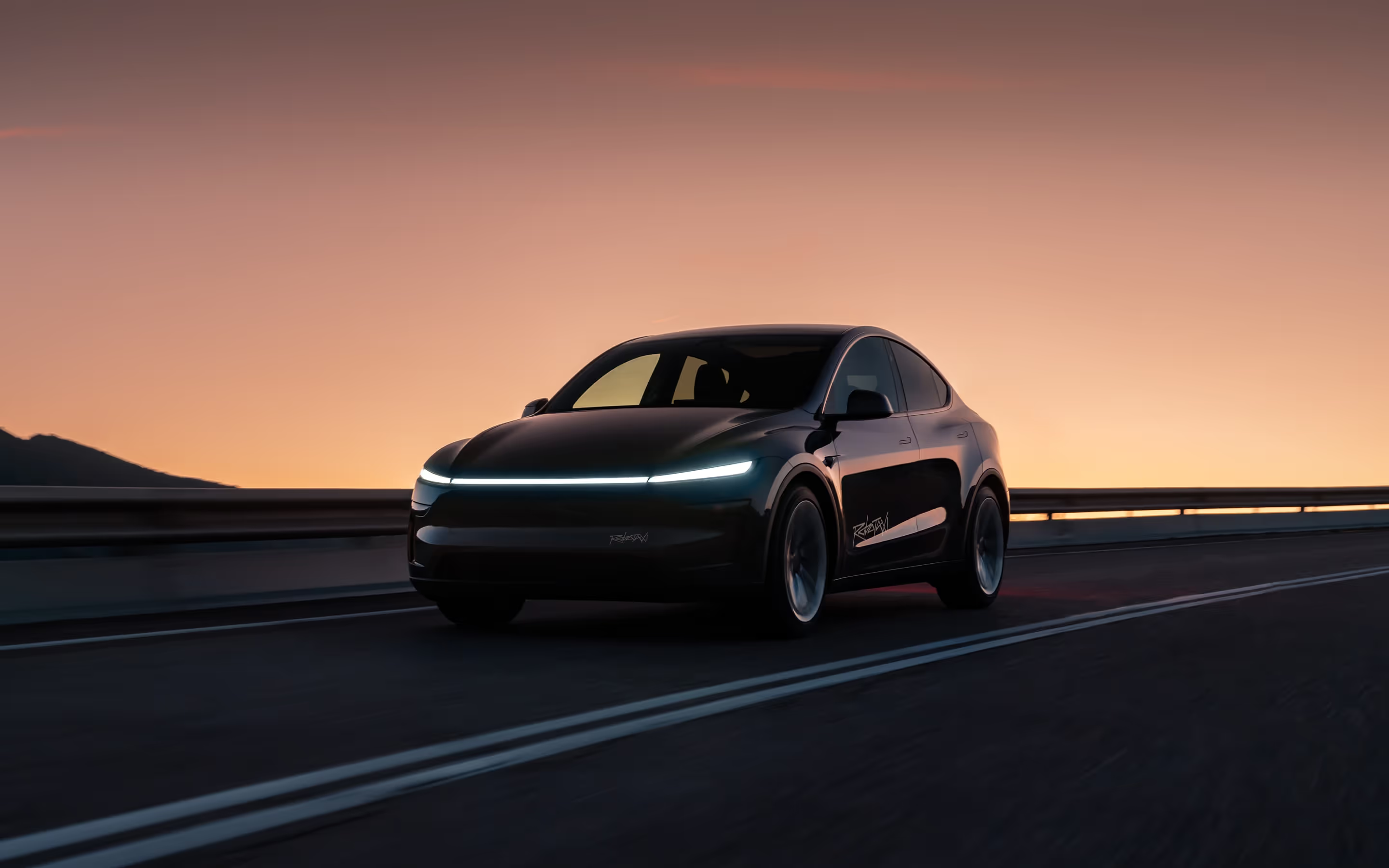The relationship between automotive OEMs (original equipment manufacturers) and their dealership networks is complex, with each party having distinct yet sometimes conflicting goals and incentives. OEMs aim to sell as many vehicles as possible, manage brand reputation, and foster customer loyalty. Dealerships seek to maximize profit per vehicle, manage inventory efficiently, and build their own brand equity. When incentives are misaligned, it can lead to an adversarial relationship that is detrimental for both parties.
For example, OEMs may push excessive inventory on dealers to meet internal sales targets, hurting dealer margins. Dealers may prioritize short-term sales over nurturing long-term customer relationships valued by OEMs. Brand marketing by OEMs and local dealers sometimes clash. Overall, a lack of goal alignment can limit profitability and volumes for both parties.
To evolve with the market, OEMs and dealers need solutions that bring their incentives into harmony. Subscription models are emerging as an approach that can align goals around customer access over ownership, recurring revenues, brand experience, and digital capabilities. By reconsidering the traditional purchase model underlying their relationship, OEMs and dealers may discover fresh opportunities for shared success.
Dealership Goals
Dealerships have several key goals that drive their business models and operations.
- Retaining current customers - Developing loyalty programs and ongoing communication to maintain existing customer relationships
- Engaging new potential customers - Using digital marketing and outreach to connect with prospects and convert them to customers.
- Improving customer satisfaction - Providing excellent sales and service experiences to earn positive reviews and repeat business.
- Increasing profitability - Maximizing revenue from sales and financing while controlling expenses. This is the ultimate goal that enables continued success.
- Efficient inventory management - Monitoring supply and demand to turn over inventory quickly without excess vehicles sitting on the lot.
- Building brand reputation - Establishing a dealership image that attracts customers and fosters community goodwill.
By focusing on these core objectives, dealerships can enhance operational performance, customer retention, and profit margins over the long-term.
OEM Goals
Original Equipment Manufacturers (OEMs) have several key goals they aim to achieve through their relationships with dealerships:
- Vehicle Sales Volume - OEMs want to maximize overall sales volumes across all their dealerships to increase market share and profitability. The more vehicles they can sell, the better.
- Customer Loyalty - Beyond just one-time sales, OEMs want to build lasting brand loyalty among customers. This ensures repeat purchases and long-term revenue streams.
- High Residual Values - OEMs aim for their vehicles to maintain high resale values over time. This supports higher pricing, helps attract lease customers, and cements the brand's reputation for quality and desirability.
- Brand Reputation - A strong, positive brand image is critical for OEMs. They want customers to see their brand as prestigious, reliable, and worth paying a premium for. Brand reputation drives sales and loyalty.
How Goals Can Conflict Between Dealers and OEMs
While dealerships and OEMs ultimately want to sell more vehicles, their specific goals and incentives can sometimes conflict. This misalignment can strain the relationship between the two parties.
One major area of tension is inventory levels versus profit margins. OEMs want to push vehicles out to dealers to meet sales targets, but this can lead to excess inventory for dealers, hurting their profitability per unit. Dealers aim to optimize inventory for maximum return.
Another conflict arises between short term sales versus long term customer loyalty. OEMs may incentivize temporary discounts or promotions to drive sales volume, at the expense of building brand affinity. Dealers focus more on customer retention and lifetime value.
There can also be differences between OEM brand reputation versus individual dealer reputation. OEMs must protect and grow their overall brand image, while dealers want to maintain their credibility and standing with local customers.
Subscription Model Benefits
A subscription-based model offers several key benefits that align the goals of dealerships and OEMs:
- Revenue Share Model - Rather than a one-time transaction, subscriptions create an ongoing revenue stream that is shared between the dealership and OEM through a revenue share agreement. This provides more predictable and stable income for both parties.
- Increased Customer Retention - Research shows car subscriptions increase customer retention and build loyalty compared to traditional leases or purchases.
- Focus on Experience - With subscriptions, the focus shifts from a one-time vehicle sale to providing an ongoing mobility experience. This experience, enabled by the OEM and delivered by the dealer, is key to retaining subscribers over multiple cycles.
By aligning incentives around customer retention and recurring revenue, subscriptions benefit dealers and OEMs mutually rather than competing on individual transactions.
How Subscriptions Align Goals and Improve Outcomes
With a subscription-based model, both dealerships and OEMs stand to benefit through aligned goals and improved business outcomes.
Firstly, the shared recurring revenue structure provides profitability for both parties. Dealerships gain a steady revenue stream that isn't dependent on high-volume unit sales. OEMs also receive ongoing revenue as long as the customer remains subscribed. This aligns the focus on retaining happy subscribers over maximizing one-time transactions.
Secondly, subscriptions encourage loyalty and equity for the brand and dealership. Customers gain flexible access tied to a brand they trust, leading to improved retention and lifetime value. Their positive experiences strengthen brand reputation and goodwill.
Thirdly, the model leads to higher residual values as vehicles are well-maintained through the subscription. Higher residual values benefit OEMs, dealerships, and customers when it comes time to sell the used vehicle.
Lastly, subscriptions provide much-needed flexibility and sustainability. Dealerships can better manage inventory and operations with predictable recurring revenue. OEMs gain insights into real-world demand while ensuring stable long-term sales.
With aligned incentives, both dealerships and OEMs can thrive through a subscription model that delights customers and strengthens the brand experience.
Technology Enablers
Technology platforms like Loopit are crucial for enabling the new subscription business models in the automotive industry. These platforms provide the necessary capabilities for billing, account management, data analytics, and collaboration between OEMs and dealerships.
Sophisticated billing systems allow for recurring subscription charges, metered usage, and dynamic pricing models. Dashboards give both dealers and customers transparency into accounts, vehicles, and usage.
Importantly, these platforms collect data for optimization. By gathering insights on vehicle usage, customer preferences, and real-time demand, OEMs and dealers can continuously improve their offerings.
Finally, the platforms enable seamless collaboration between all parties through shared data and coordinated workflows. This facilitates the partnerships needed to align goals through subscriptions.
Without these technical capabilities and data insights, the subscription models would not be viable. The technology enablers are key to unlocking the benefits of aligned incentives for OEMs and dealerships.
Industry Evolution
The automotive industry is undergoing a major evolution in how vehicles are accessed and used. According to McKinsey research, more consumers are open to flexible usage models over outright ownership. This shift is being driven by rising costs, urbanization, and the growth of on-demand mobility services.
As a result, the traditional model of selling vehicles to individuals for personal ownership is declining. Forecasts predict that private vehicle ownership will plateau and begin to fall in many markets in the coming decade. Consumer preferences are moving toward pay-per-use access models like subscriptions and short-term rentals.
This evolution necessitates greater alignment between OEMs and dealerships. With revenues tied to ongoing vehicle usage versus one-time sales, the goals of maximizing volumes and customer retention are inherently aligned. Adapting to flexible access business models will be critical for the profitability and sustainability of all industry players going forward.
Conclusion
In conclusion, turning to subscription business models can deliver significant benefits for both dealerships and OEMs by better aligning their goals and incentives. As discussed, traditional approaches have often pitted dealers and manufacturers against each other due to conflicting priorities around inventory, margins, and sales volumes. However, the emerging subscription model offers a new way forward that serves the interests of all parties.
Subscriptions allow OEMs to generate recurring revenue while providing dealers with steady cash flow and predictable demand. This replaces short-term transactional thinking with a customer lifetime value perspective focused on loyalty and retention. Importantly, subscriptions also deliver superior customer experiences by providing flexible access without the burden of ownership. This builds brand equity and higher residual values over the long-term.
In summary, subscriptions create a win-win arrangement where OEMs sell more vehicles, dealers improve profitability, and customers get an ownership alternative. Advanced technology platforms like Loopit will continue to emerge that enable these new business models and facilitate collaboration between stakeholders. As the industry undergoes rapid change, leveraging subscriptions to align incentives will only grow in strategic importance. The relationship between automotive OEMs (original equipment manufacturers) and their dealership networks is complex, with each party having distinct yet sometimes conflicting goals and incentives. OEMs aim to sell as many vehicles as possible, manage brand reputation, and foster customer loyalty. Dealerships seek to maximize profit per vehicle, manage inventory efficiently, and build their own brand equity. When incentives are misaligned, it can lead to an adversarial relationship that is detrimental for both parties.









